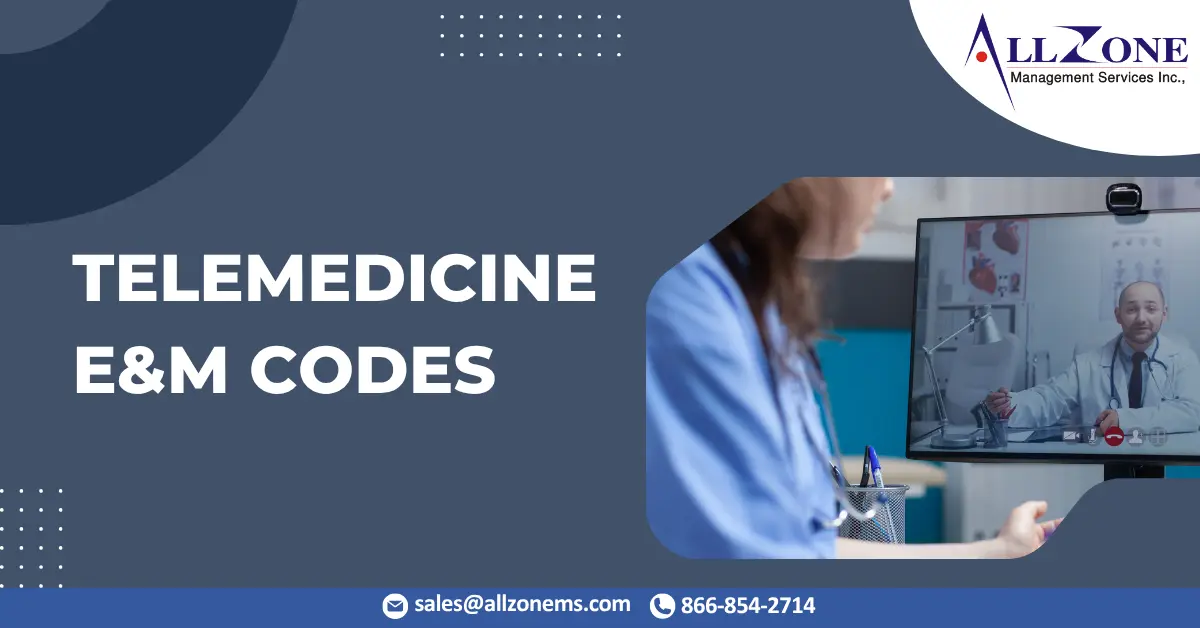The American Medical Association (AMA) has introduced a set of 17 new codes for billing telemedicine visits. These codes, designed for both new and established patients, make it easier to accurately report different types of virtual encounters.
The Two Main Categories
The new codes are split into two primary categories based on the method of communication:
- Audio-Video Encounters: Codes 98000-98007 are for real-time video visits where both the patient and provider can see and hear each other.
- Audio-Only Encounters: Codes 98008-98015 are for real-time phone calls.
All of these codes are considered “synchronous,” meaning the patient and provider are communicating live. These virtual visits are a replacement for a standard in-person appointment when medically appropriate and agreed upon by the patient.
How to Choose the Right Code
You can select the correct code for a visit in two ways:
- Medical Decision-Making (MDM): This method is based on the complexity of the visit, using established E&M guidelines from the CPT book. The levels are straightforward, low, moderate, and high.
- Time: The code can also be chosen based on the total time spent on the visit.
Keep in mind that for audio-only encounters, the visit must include more than 10 minutes of medical discussion, regardless of whether you choose the code based on time or MDM.
Time-Based Coding and Special Scenarios
When using time to select a code, here are a few key rules to follow:
- Virtual Check-in: Code 98016 is specifically for a brief, 5-10 minute audio or video check-in with an established patient. This code is based solely on time.
- Minimum Time: Telemedicine encounters of less than five minutes are not billable. The minimum time for a billable visit is 15 minutes for a new patient and 10 minutes for an established patient.
- What Counts as Time: Only the time spent on medical discussion and direct patient care counts. Time spent on things like scheduling the appointment or fixing a technical issue does not.
- Prolonged Services: If a visit runs long, a prolonged services add-on code, 99417, can be used. This applies to new patient visits lasting 75 minutes or longer and established patient visits of 55 minutes or more. You can add this code for every extra 15-minute increment.
What if the video cuts out? If you start with a video visit but have to switch to an audio-only call, you should bill for whichever format you spent the majority of your time on. If you finish the visit with an audio-only call, remember the 10-minute medical discussion rule still applies.
What if there’s an in-person visit on the same day? If a patient has both an in-person and a telemedicine visit on the same day, you should bill for the in-person visit only. However, you can count the time and MDM from the virtual visit toward the level of the in-person service, as long as you don’t double-count anything.
These new codes are a great step toward more accurate reporting for telemedicine services, which continue to become a more common part of medical practice.

